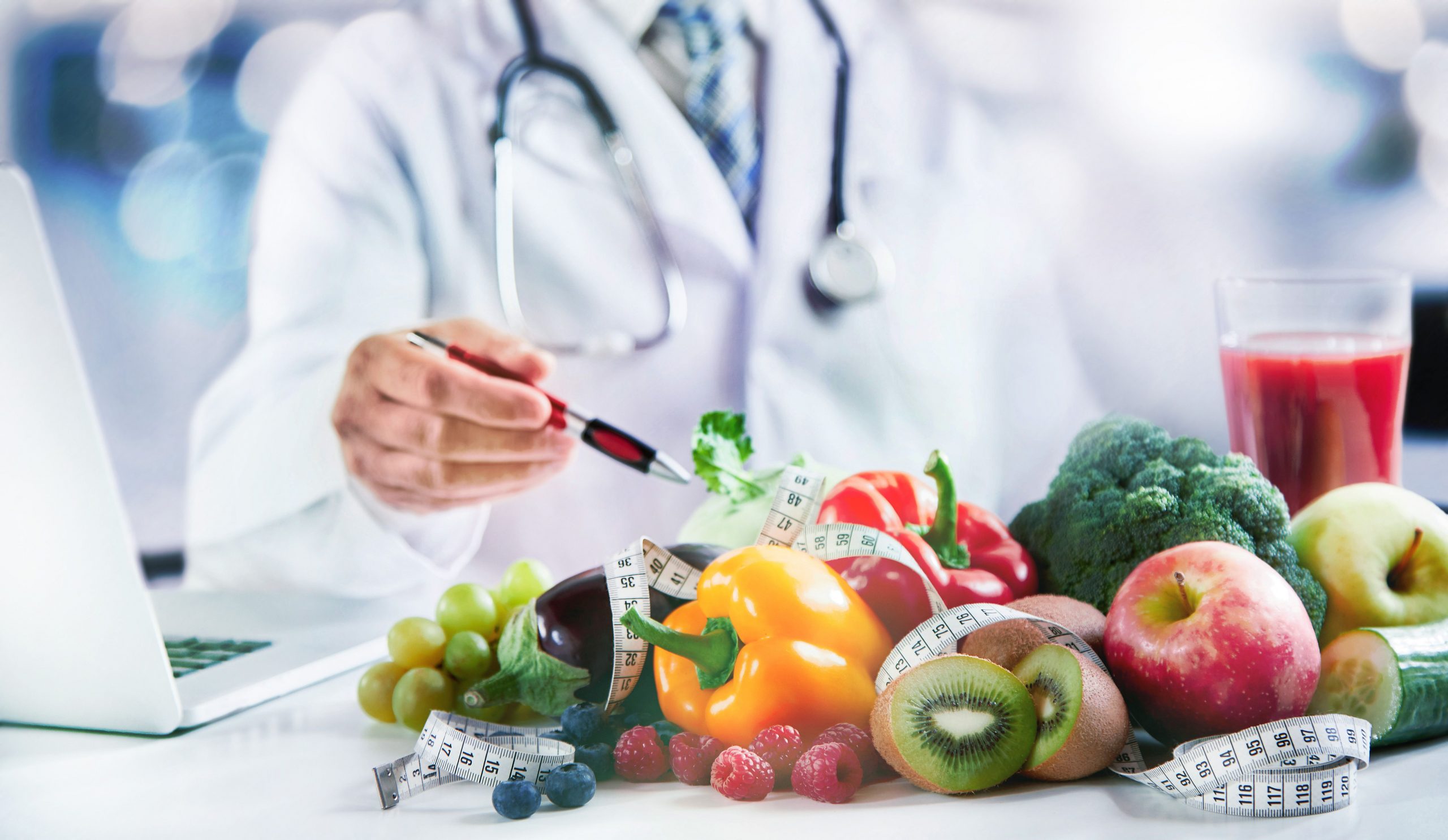Intakes of apple juice, fruit drinks and soda are associated with prevalent asthma in US children aged 2-9 years
This 2016 study examined the relationship between the consumption of drinks containing excess free fructose (EFF beverages) and the incidence of asthma in children. Simultaneously, DeChristopher et al. tested whether the intake of high EFF beverages (such as apple juice or beverages sweetened with high-fructose corn syrup) is linked with an elevated risk of asthma via the mechanisms proposed in the past. The data was taken from the National Health and Nutrition Examination Survey 2003-2006, a nationally representative survey. Among the 1961 children (aged 2-9 years), the intake of EFF beverages (apple juice, non-diet soft drinks, fruit drinks) was associated with asthma. Analysis models revealed that kids who drank beverages containing excess free fructose at least 5 times per week were more than 5 times as likely to have asthma as children consuming these beverages ≤1 time per month. Furthermore, those who consumed apple juice on at least 5 occasions throughout the week were at double the risk of asthma, when compared with those who only drank ≤1 time/month. On the other hand, orange juice seemed to play a protective role in asthma. Overall, these results supported the theory that the intake of high EFF beverages (such as apple juice and drinks sweetened with high-fructose corn syrup) is related to asthma in children. It also appears that the hypothesis based on the possible effect of increases in the in situ intestinal formation of advanced glycation end products (enFruAGE) with EFF may be an overlooked contributor to asthma in children. [NPID: diet, adolescence, obesity, EFF beverages, fructose, asthma, high-fructose corn syrup, apple juice, orange juice]
Year: 2016
 Navigation
Navigation






